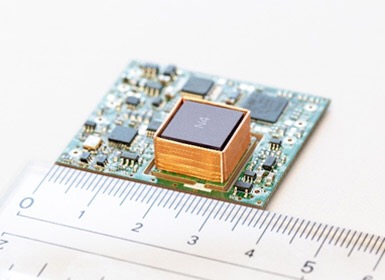
Figure 1. Prototype of the atomic clock (33 mm x 38 mm x 9 mm)
A newly developed compact ULPACs, mounted on small satellites, automobiles, and smartphones, accelerate the realization of seamless and on-demand mobile communication networks.
Tinier and less power-hungry quantum atomic clock push toward intelligent IoT
Scientists at Tokyo Tech, Ricoh co. and The National Institute of Advanced Industrial Science and Technology have developed an ultra-low-power atomic clock (ULPAC) for small satellites to enable future communication systems beyond 5G.
The proposed device outperforms the current industry standards in various benchmarks, such as size, stability, and power consumption.
Tokyo Tech News | Tokyo Institute of Technology
https://www.titech.ac.jp/english/news/2019/043524.html
https://www.aist.go.jp/aist_j/press_release/pr2019/pr20190219/pr20190219.html